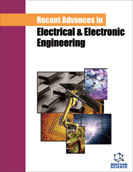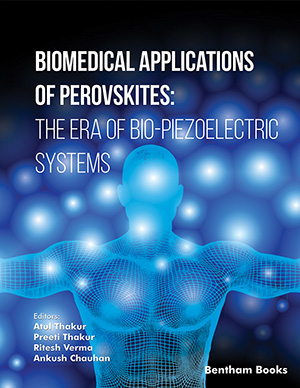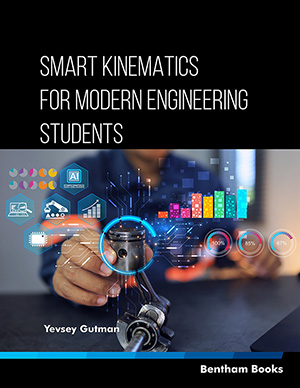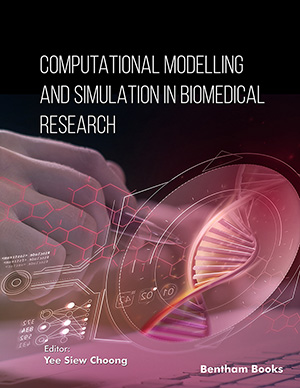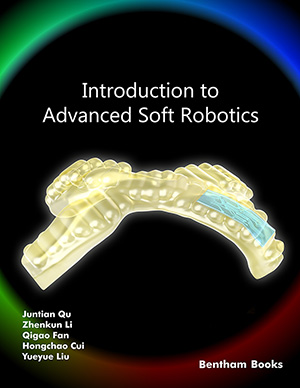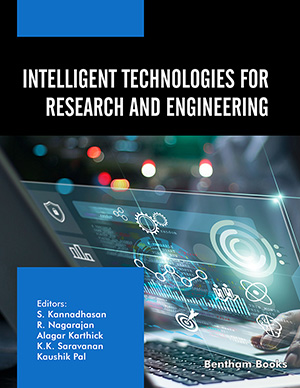
Abstract
Introduction: Ultrasonic Lamb waves can achieve long-range inspection on plate-like structures and can even detect unreachable cracks and defects. There are multiple modes under a certain generation frequency with most of them dispersive.
Method: The dispersion curves of Lamb wave in a steel plate were given by numerical calculation. A 2-D finite element (FE) model of a steel plate was promoted. The fundamental symmetric and antisymmetric Lamb waves were generated by uploading symmetrical and anti-symmetrical displacements on one side of the plane. The wave reflects when it comes across the defect and the edge of the plate. Mode conversion will occur after the asymmetrical discontinuities of the structure.
Result: The theoretical and numerical results of the values of group velocities of S0 and A0 in a steel plate show well agreement. The maximum amplitude of the converted A0 wave from the interaction of the incident S0 wave with the cracks was observed. The amplitude will first rise then fall under any depth of the defects. The relationship between the defect reflection and the length as well as the depth of defects were simulated based on the FE model. Phase reversion and phase delay were discovered by controlling the defect size changing in one dimension. The reflection coefficient increases linearly with the defect length while the depth is constant, as well as the defect depth while the length is constant.
Conclusion: Experiments on steel plates with artificial defects including thorough holes and tapered holes were carried out using ISONICA STAR. The results also show that when the defect size changes in one dimension such as the thorough holes, the reflection coefficient increases linearly correspondingly. However, the testing results of the taper holes were inconsistent with the regulation as the size increases in both the length and the depth.
Keywords: Lamb wave, steel plate, crack detection, defect reflection, finite element, dispersion.







